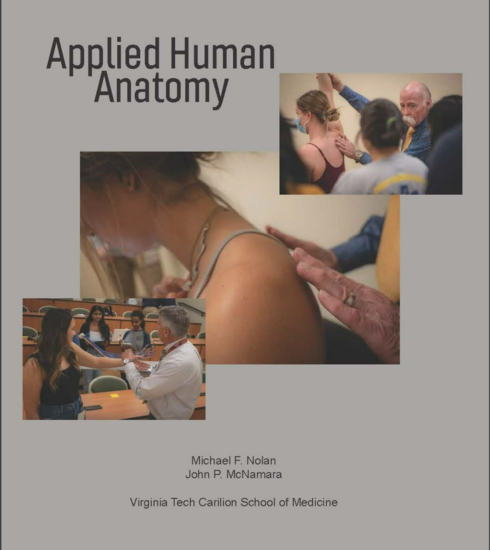
The head and neck region is one of the most complex anatomical areas, housing critical structures for communication, sensation, respiration, and circulation. This section of the guide provides curated resources to help you explore the bones, muscles, nerves, glands, and vascular systems of the head and neck through multiple learning modalities.
Whether you're studying for a clinical exam, preparing a lesson plan, or simply curious about human anatomy, you'll find tools here to support your learning style—visual, text-based, or interactive.
Begin your exploration with foundational resources that introduce the major anatomical structures of the head and neck. These include the skull, facial muscles, cranial nerves, salivary glands, and lymphatic drainage pathways.
 Applied Human Anatomy
by
Michael F. Nolan, John P. McNamara
Applied Human Anatomy
by
Michael F. Nolan, John P. McNamara
Visual learners grasp information best through images, diagrams, videos, and spatial representations. If you find yourself sketching structures or using color-coded notes, this section is for you.
You’ll benefit from:
Also known as verbal or linguistic learners, you thrive on reading and writing. You prefer detailed explanations, structured outlines, and written definitions.
You’ll benefit from:
A core resource for health sciences programs, this database provides full-text access to authoritative biomedical journals indexed by the U.S. National Library of Medicine. Topics include clinical medicine, nursing, public health, and healthcare systems. Features Medical Subject Headings (MeSH) for precise searching, supporting evidence-based research, academic study, and professional practice.
You learn best by doing—through hands-on activities, simulations, and self-testing. If you enjoy quizzes, virtual labs, or building models, this section is for you.
You’ll benefit from:
An immersive, interactive learning tool that allows students to explore human anatomy through detailed 3D models and virtual dissections. Users can zoom, rotate, and dissect anatomical structures to study body systems in depth. Designed for college-level anatomy courses, the platform includes guided lessons, self-assessments, and integrated reference content from Gale. Ideal for both in-class demonstrations and independent study, it supports visual and kinesthetic learning styles.
Contact your professor for off-campus access information.
Here are some engaging, hands-on activities to deepen your understanding of head and neck anatomy:
Compare Imaging Modalities: Use RadCases: Head and Neck Imaging to compare CT and MRI scans of the paranasal sinuses. Identify the same anatomical landmarks in both.
3D Dissection: Use Gale Interactive: Human Anatomy to rotate and dissect the skull. Focus on the cranial base and identify foramina and the structures that pass through them.
Create a Study Set: Use your favorite flashcard tool to build a set for head and neck arteries, including the branches of the external carotid artery.
Cross-Reference Anatomy and Imaging: Use Head and Neck Imaging: A Multi-Disciplinary Team Approach to match anatomical diagrams with clinical imaging. Try identifying the thyroid gland, lymph nodes, and salivary glands in different imaging planes.